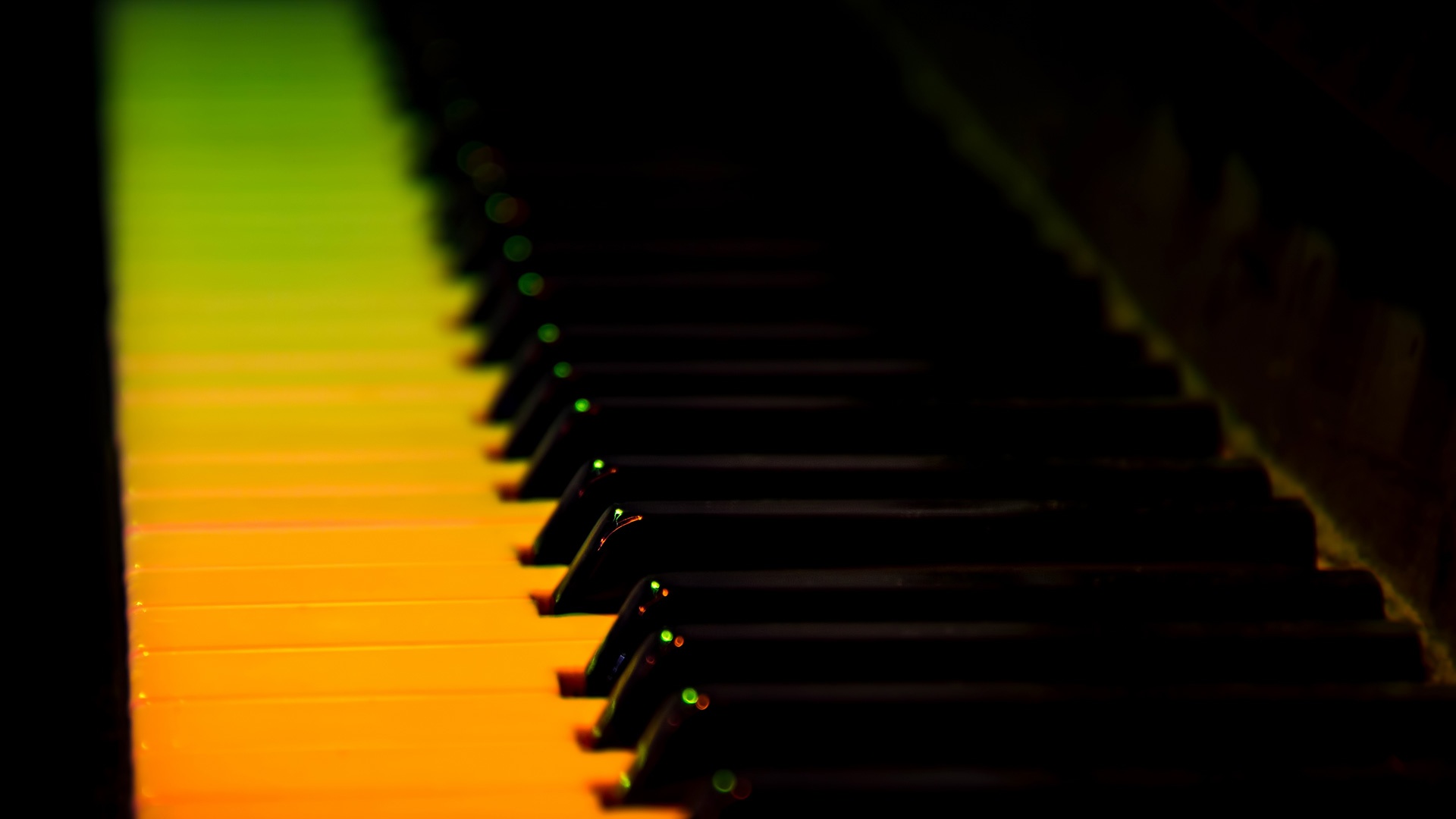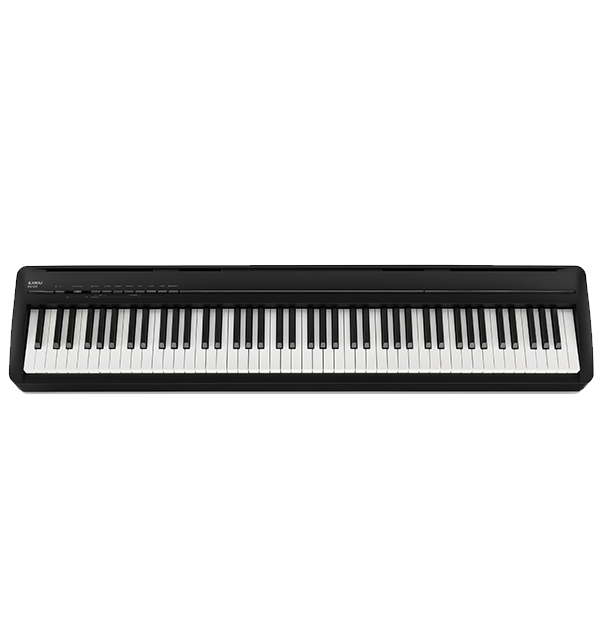by Kawai Australia’s resident concert pianist, Andrew Rumsey.
From a purely mechanical standpoint, a perfectly tuned, voiced and regulated piano should (in theory), possess the same sound characteristics and qualities regardless of who is playing it. Theoretically the only variable in terms of sound would be dynamics – attributed to the velocity in which a key is depressed: a fast depression of the key results in a loud sound, a slow depression results in a soft sound. Keys only move up and down, and the input (kinetic energy) determines the output (sound). The inherent quality (or timbre, confusingly pronounce “tamber”) of the sound should only be attributed to the piano itself and the materials used in the hammers, strings, soundboard and rim. If one pianist played a single note on two different pianos, made from slightly different materials, and manufactured in different years, they would obviously produce completely different sound characteristics. However, if two different pianists both play the same note, on the same piano, at the same volume… they should sound identical, right?
Why then is there so much variety in the palettes of colours presented by the likes of Glenn Gould, Vladimir Horowitz, Myra Hess, Oscar Peterson, Bill Evans, Emil Gilels, Sviatoslav Richter, Sergei Rachmaninoff, Art Tatum, and Martha Argerich (to name a few of the greats)?

The reason for this is an individual one: everyone strikes the key in a slightly different way. No two different people can sing the same note exactly the same, because everyone’s vocal folds are different. The human body, at a functional level regarding the piano, is a collection of ‘levers’ (arms, forearms, hands, fingers), all slightly different in size and weight. A good piano will allow for every potential gradient of timbre inherently present in the instrument by uniquely responding to the human ‘levers’ controlling it. Playing with greater or lesser wrist tension can change the character of the sound. Playing from different parts of the key (ie playing from the back of the key, close to the fallboard as opposed to playing at the front of the key), as well as the angle of the finger depressing it, can also impact the sound. Pressing the key from the key surface as opposed to leaping on it from a great height, can produce a very different sound too. Playing into the ‘key bed’ as opposed to just the key surface will produce a different sound quality as well.
In a nutshell, the piano is capable of a lot more than we often think, and the whole is certainly more than the sum of its parts. A good piano will allow an artist to paint with every shade they desire, and that is why Kawai are so passionately meticulous about the quality of their pianos. We believe the artist needs the highest quality tools to create the masterpiece!



















